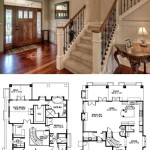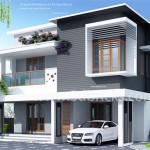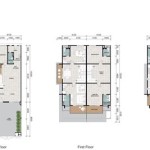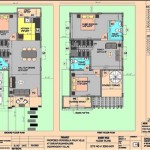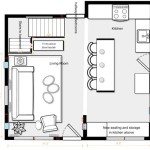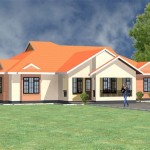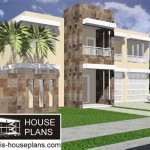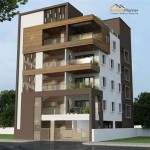Waterfront Home Plans On Stilts
Waterfront properties offer unparalleled views and access to recreational activities, making them highly desirable. Building on stilts is a common practice in these locations, providing protection from flooding and maximizing the panoramic vistas. This article explores the key considerations and advantages associated with waterfront home plans on stilts.
One primary reason for elevating waterfront homes is flood protection. Coastal areas are susceptible to storm surges and rising water levels. Stilts elevate the main living areas above the anticipated flood level, safeguarding the structure and its contents from water damage. This precautionary measure is often mandated by local building codes in flood-prone regions and is crucial for obtaining insurance coverage.
Beyond flood protection, stilts offer an unobstructed view of the surrounding water. Elevating the home provides a vantage point that maximizes the scenic beauty of the waterfront location. Whether it's an ocean, lake, or river, the elevated perspective enhances the connection with the natural environment.
Preserving the natural landscape is another benefit of building on stilts. Minimizing the footprint of the structure on the ground allows for the preservation of existing vegetation and minimizes disruption to the natural terrain. This approach supports a more sustainable building practice and helps maintain the ecological balance of the waterfront environment.
Improved ventilation and air circulation are additional advantages of stilt homes. Elevating the structure allows air to circulate freely beneath the home, reducing humidity and mitigating the risk of mold and mildew. This improved airflow contributes to a healthier indoor environment and can also help regulate temperatures.
Designing a waterfront home on stilts requires careful consideration of several factors. The local climate, including wind speeds and rainfall patterns, plays a crucial role in determining the appropriate height and structural design of the stilts. Soil conditions and the potential for erosion also influence the foundation design and the type of stilts used.
Integrating the home with the surrounding landscape is a critical design element. Decks and balconies extending from the elevated living areas create outdoor spaces that seamlessly connect with the waterfront environment. Careful consideration of landscaping and the use of native plants can further enhance the integration of the home with its natural surroundings.
Accessibility is an important aspect to address in stilt home designs. Staircases, ramps, or elevators provide access to the elevated living spaces. Incorporating these elements seamlessly into the design ensures convenient and safe access for residents and guests of all ages and abilities.
Material selection is crucial for the durability and longevity of waterfront homes on stilts. Materials resistant to moisture, salt spray, and other environmental factors are essential for the structural components, exterior cladding, and finishes. Pressure-treated lumber, composite materials, and marine-grade stainless steel are common choices for stilt construction.
Maintenance considerations are unique to stilt homes. Regular inspections of the stilts, foundation, and structural components are necessary to identify and address any signs of deterioration or damage. Proper maintenance ensures the long-term structural integrity of the home and protects against potential hazards.
Cost considerations are a significant factor in planning a waterfront home on stilts. The elevated construction typically adds to the overall building costs compared to traditional foundations. Engineering and design fees, specialized materials, and the complexity of construction contribute to the increased expense. However, the long-term benefits of flood protection and enhanced views often outweigh the initial investment.
Local building codes and regulations play a significant role in the design and construction of waterfront homes on stilts. Obtaining the necessary permits and approvals requires adherence to specific guidelines regarding setbacks, height restrictions, and structural requirements. Working with experienced architects and builders familiar with local regulations is essential for a successful project.
Insurance considerations are crucial for waterfront properties. Obtaining flood insurance is often mandatory for homes located in flood-prone areas. Working with insurance providers to understand coverage options and ensure adequate protection against potential risks is essential.
The design and construction of a waterfront home on stilts present unique challenges and opportunities. Careful planning, collaboration with experienced professionals, and adherence to local regulations are essential for creating a resilient, beautiful, and functional home that maximizes the benefits of waterfront living.

Beach House Plans Coastal Home Great Design

House Design Plan Ch539 3 Stilt Plans On Stilts Carriage

Plan 44026td Classic Florida Er Beach House Plans Coastal

Beach House Floor Plans Coastal Carriage

Beach House Plans Coastal Home On Stilts

Coastal Home Plans Blueprints

Home Plan Ch464

Beach House Plans Archives From Home Designs

Features Of Luxury Waterfront Homes Babb Custom

Home Plan Ch546

